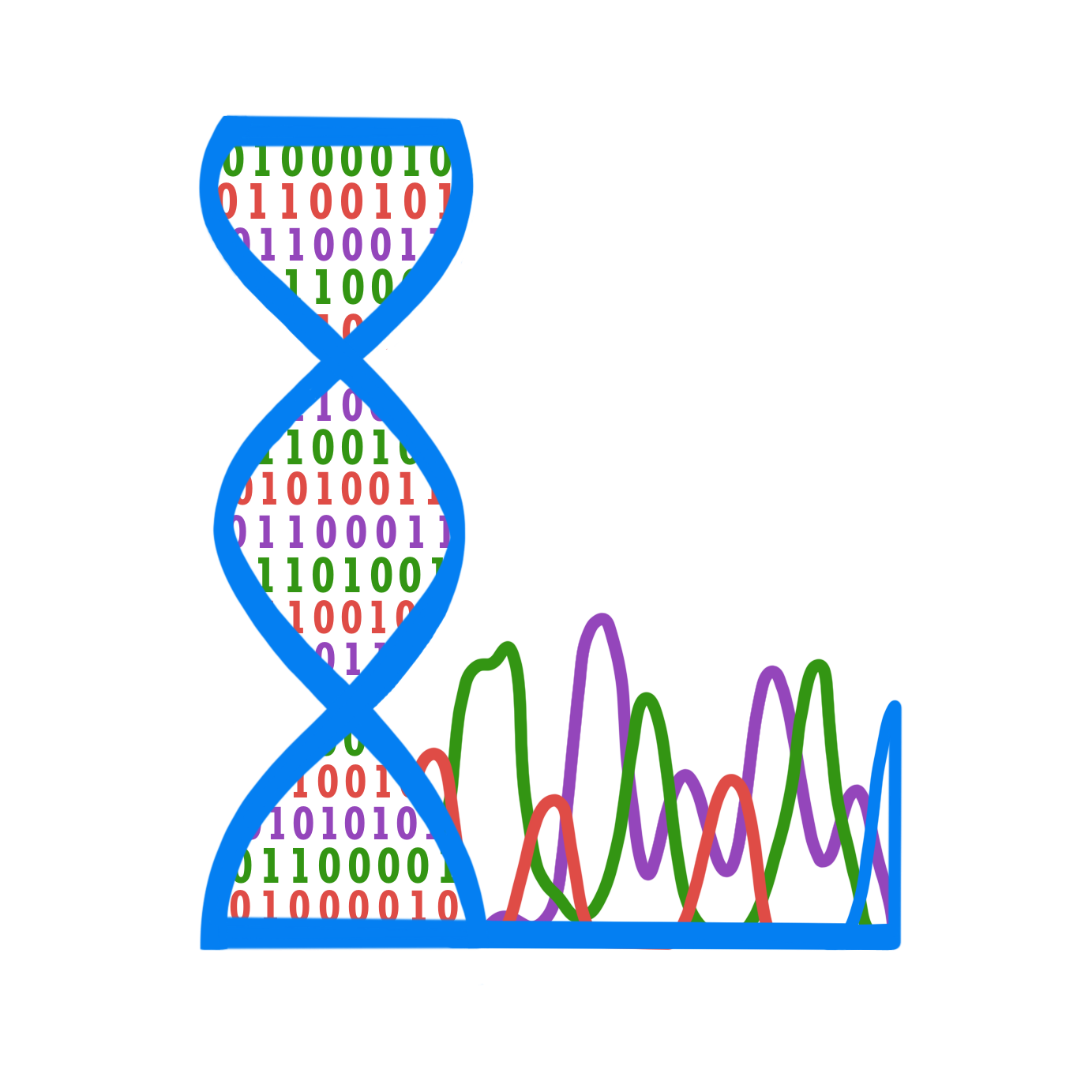2024-05-23
Evaluation of altered cell-cell communication between glia and neurons in the hippocampus of 3xTg-AD mice at two time points
Tabea M. Soelter1, Timothy C. Howton1, Elizabeth J. Wilk1, Jordan H. Whitlock1, Amanda D. Clark1, Allison Birnbaum1,3, Dalton C. Patterson1, Constanza J. Cortes1,2, Brittany N. Lasseigne1
-
Department of Cell, Developmental and Integrative Biology, Heersink School of Medicine, The University of Alabama at Birmingham, Birmingham, Alabama, United States of America
-
Leonard Davis School of Gerontology, University of Southern California, Los Angeles, California, United States of America
-
Department of Molecular, Cell and Developmental Biology, University of California, Los Angeles, Los Angeles, California, United States of America
We sequenced the hippocampus from female 3xTg-AD and wild-type (WT) littermates at 6 and 12 months (Fig 1A) to evaluate altered glia-neuron communication. Given how critical CCC between glia and neurons is for brain health and for AD pathology, we inferred differential CCC between 3xTg-AD and WT mice across time points and between these senders (astrocytes, microglia, oligodendrocytes, and OPCs) and receivers (excitatory and inhibitory neurons) of interest. We predicted differentially expressed ligand-receptor pairs and their downstream target genes (Fig 1B) and evaluated their similarity across cell types using the Jaccard Similarity Index (JI). We also assessed the global downstream effects of altered glia-neuron communication using pseudo bulk differential expression and functional enrichment analyses (Fig 1C-D). To determine AD-associated interactions, we compiled an AD risk gene set from the Molecular Signatures Database (MSigDB) and a recent Genome-wide association study (GWAS). Using gene regulatory information, we also predicted signaling mediators of AD-associated ligand-receptor-target pairings and characterized their expression, differential gene targeting, and transcription factor (TF) activity (Fig 1E-F).
Data Alignment (Cell Ranger):
## src/cellranger/
## ├── id_list.txt
## ├── run_cellranger.sh
## └── sample_list.txt
Ambient RNA removal (SoupX):
## src/soupX/
## └── 01_ambient_RNA_removal.Rmd
Pre-processing (Seurat):
## src/seurat_preprocessing/
## ├── 01_3xtgad_seurat_preprocessing.Rmd
## ├── 02_3xtgad_clustering.R
## ├── 02_3xtgad_clustering.sh
## └── 03_3xtgad_celltype_assignment.Rmd
CCC inference (MultiNicheNet), FEA (gprofiler2), and JI analyses:
## src/ccc/
## ├── 01_differential_ccc.Rmd
## ├── 02_pathway_analysis_targets.Rmd
## ├── 03_jaccard_similarity.Rmd
## └── 04_grn.Rmd
Pseudobulk and DEA analyses (DESeq2):
## src/pseudobulk_dea/
## ├── 01_pseudobulk_dea.Rmd
## └── 02_dea_bio_activity.Rmd
Transcription factory activity analysis (decoupleR):
## src/bio_activity/
## ├── 01_tf_activity.Rmd
## └── 02_pathway_activity.Rmd
GRN construction (PANDA) and gene targeting analysis:
## src/gene_targeting/
## ├── 01_input_preparation.Rmd
## ├── 02_PANDA.R
## ├── 02_PANDA_array.sh
## └── 03_gene_targeting.Rmd
Protein quantification:
## src/elisa/
## └── 01_protein_quantification.Rmd
Manuscript figures:
## src/figures/
## ├── figure_2.Rmd
## ├── figure_3.Rmd
## ├── figure_4.Rmd
## ├── figure_5.Rmd
## ├── figure_6.Rmd
## ├── figure_S2.Rmd
## ├── figure_S3.Rmd
## ├── figure_S4.Rmd
## └── figure_S5.Rmd
Raw snRNA-seq data:
Processed data:
Docker images:
GitHub Repository:
We performed analyses in docker with R versions 4.2.1 (GRN construction) and 4.2.3. (all other analyses). While individual Docker image tags are noted in every script, below is an overview of the analyses and their associated scripts:
| Docker | Tag | Associated Analyses |
|---|---|---|
| rstudio_aging_ccc | 1.0.0 | Pre-processing |
| rstudio_aging_ccc | 1.0.1 | CCC inference, FEA, JI, pseudo bulk DEA, plotting |
| rstudio_aging_ccc | 1.0.2 | CCC signaling networks, pseudo bulk DEA for TF activity, TF activity, plotting |
| rstudio_aging_ccc | 1.0.3 | gene targeting, ELISA analysis |
| setbp1_manuscript_panda_1.0.1 | latest | PANDA GRN construction |
The repository for rstudio_aging_ccc Docker images can be found on Docker Hub at tsoelter/rstudio_aging_ccc and the setbp1_manuscript_panda_1.0.1 Docker image can also be found on Docker Hub at jordanwhitlock/setbp1_manuscript_panda_1.0.1
What is Happening in the Lasseigne Lab?
This work was supported in part by the UAB Lasseigne Lab funds, the NIA R00HG009678-04S1, the Alzheimer’s of Central Alabama Lindy Harrell Predoctoral Scholar Program.
We would like to thank the members of the Lasseigne Lab, specifically Vishal H. Oza and Emma F. Jones for their valuable input throughout this study.







